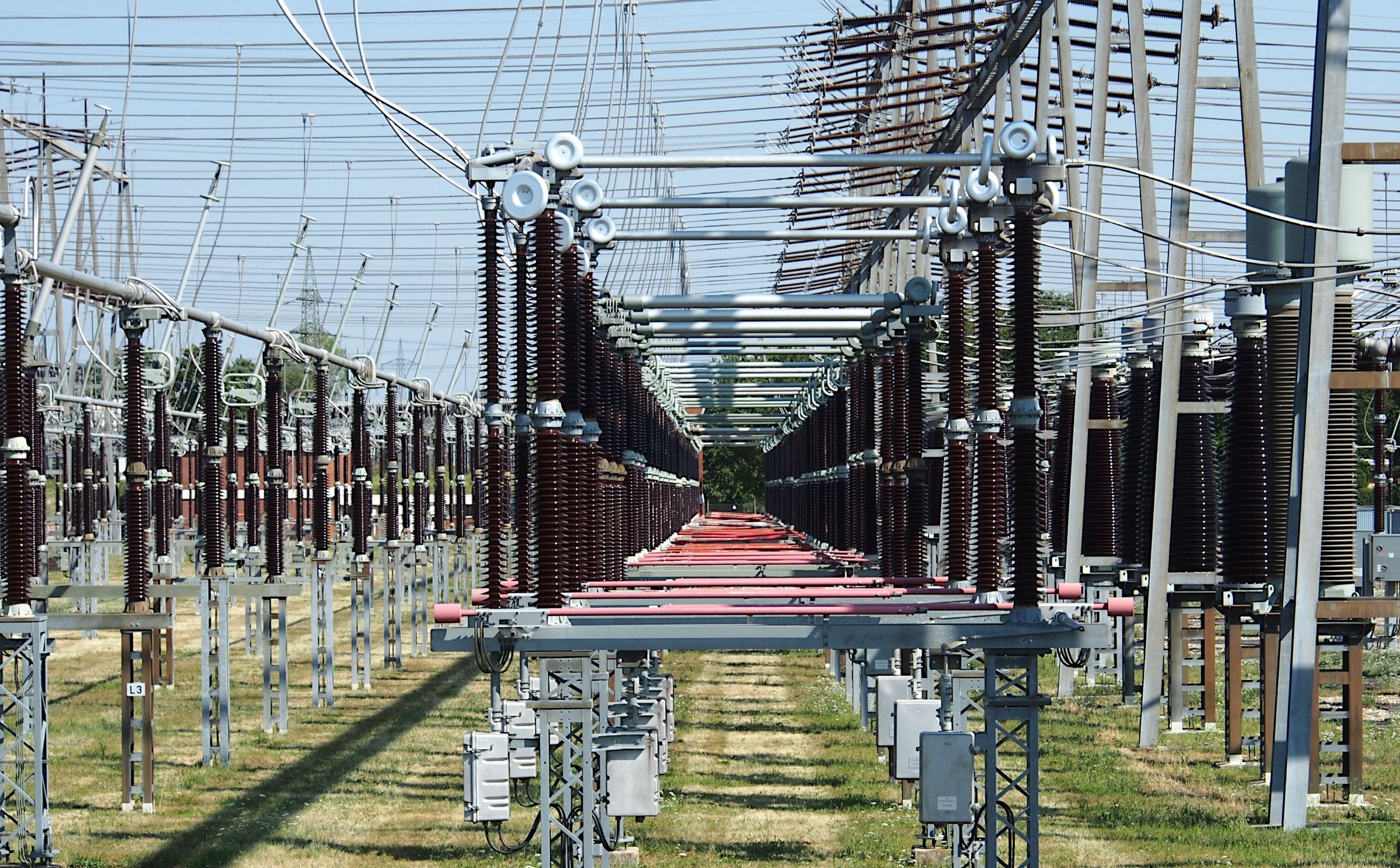COMPUTER VISION-BASED WASTE AND LITTER MANAGEMENT SYSTEMS IN URBAN CITIES: A LITERATURE REVIEW FOR DEVELOPING NATIONS
Keywords:
Computer vision, waste detection, litter classification, urban planning, developing countries, deep learning, resource constraintsAbstract
Urban waste and litter management represents one of the most pressing challenges facing developing nations, where rapid urbanization often outpaces infrastructure development. Traditional waste management systems struggle with resource constraints, limited monitoring capabilities, and inadequate classification mechanisms. This literature review examines recent advances in computer vision-based detection and classification systems for urban waste management, with particular emphasis on applications suitable for resource-constrained environments in developing countries. We analyze 10 prominent image datasets and evaluate various machine learning and deep learning models that have shown promise in automated waste detection and classification. Our review covers literature published between 2015-2025, highlighting both the potential and limitations of current approaches. The findings suggest that while computer vision technologies offer significant opportunities for improving waste management efficiency, successful implementation in developing nations requires careful consideration of computational constraints, data availability, and local infrastructure limitations.
















